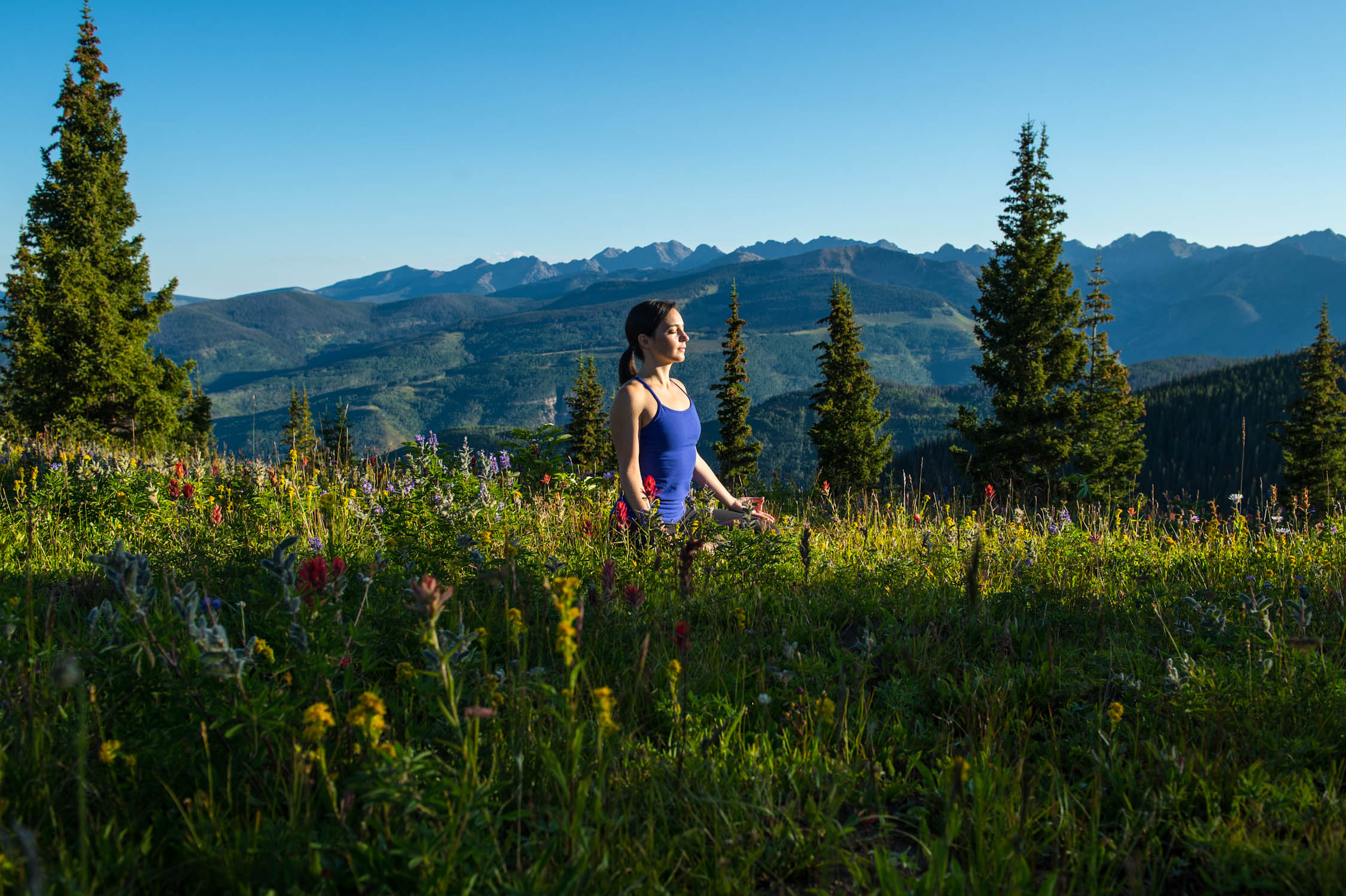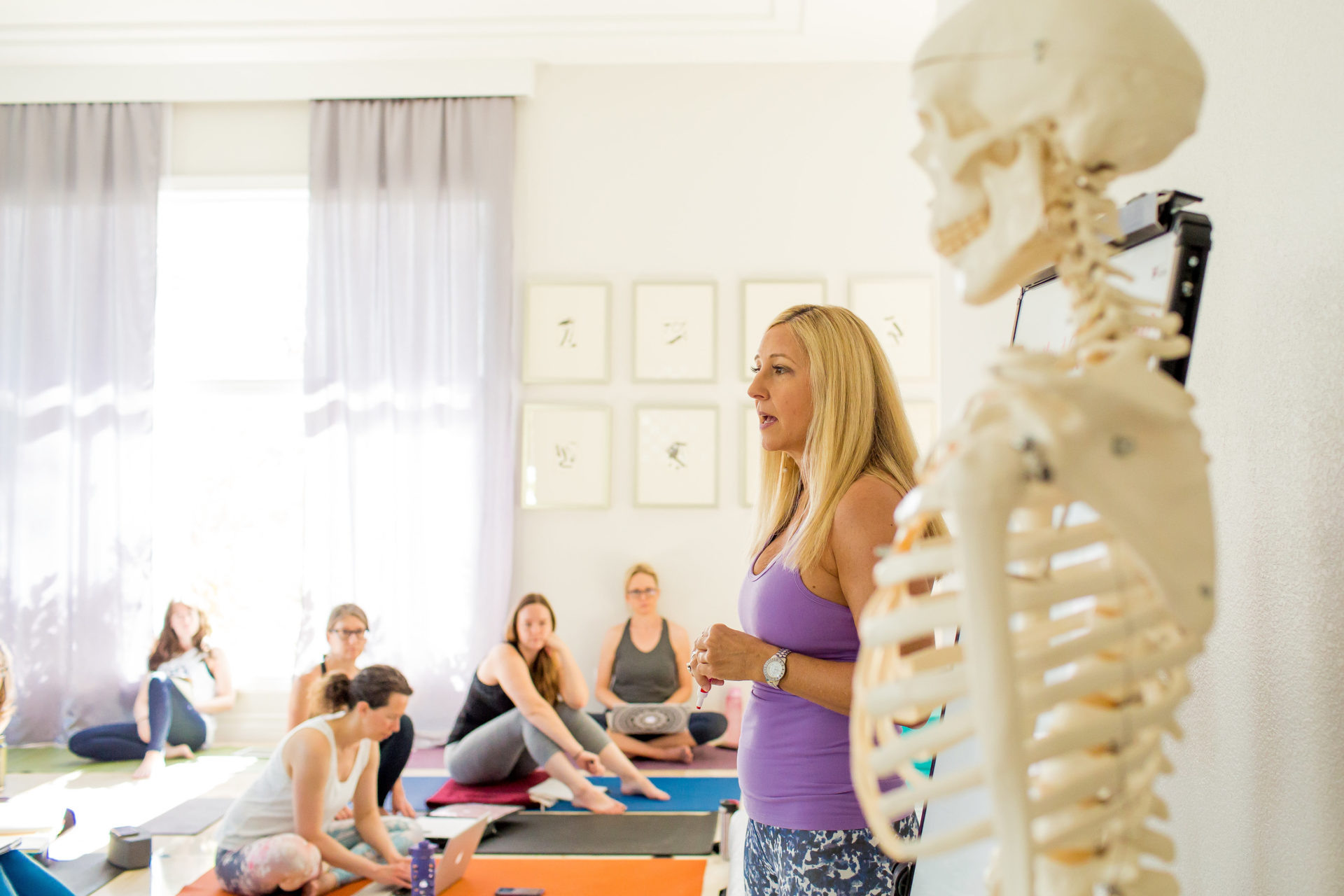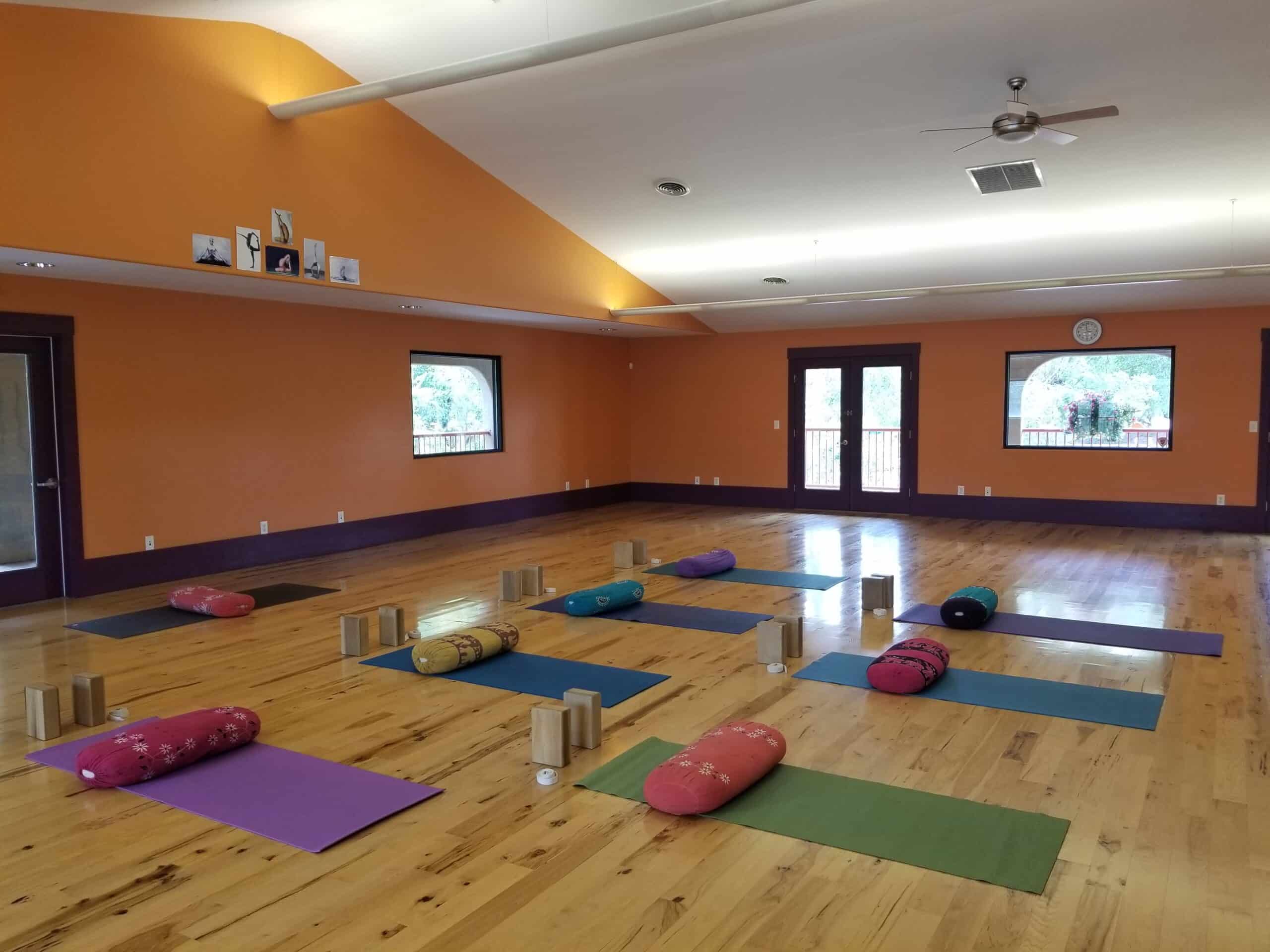The Science of Stretching | By Julia Clarke
Originally published in the Winter + Spring 2019 issue.
People in impossible shapes.
The promise that stretching will bring unrestricted movement within reach.
Yoga, today.
The glorification of “bendy” has long been synonymous with yoga. Flexibility remains the number one attraction that draws Americans into yoga classes according to a 2016 Yoga Journal report, and simultaneously the primary intimidation factor that keeps others out. My pursuit of it long dominated my practice, and the more yoga I did, the more flexible I became.
Flexibility remains the number one attraction that draws Americans into yoga classes, and simultaneously the primary intimidation factor that keeps others out.
Some years ago, I read an article that suddenly changed how I thought about flexibility. I’d learned that “tight” muscles were short, and stretching “lengthens” muscles to increase flexibility. The article contradicted this in simple terms: your muscles aren’t getting longer when you stretch them because they’re attached, via tendons, to bones that aren’t getting longer. You can move the two ends of a muscle apart to feel a stretch, such as in your hamstrings in Half Splits, but when you relax, your hamstring length hasn’t actually changed.
The discovery left me with lots of questions: What is happening when we think we are stretching? Why do we want to increase flexibility? And should everyone be stretching?
My inquiry revealed that nothing I thought about stretching was true. Muscles can be strong or weak, but not short or long. The sensation of “tight” doesn’t necessarily correlate with strength: “You can be strong and inflexible, but you can also be strong and flexible,” says Jules Mitchell, yoga teacher and author of “Yoga Biomechanics: Redefining Stretching” being published this year.
I attended Mitchell’s Science of Stretching workshop in Boulder in 2017, where we discussed the neurological component of flexibility. I can put my leg behind my head today and 20 years ago couldn’t touch my toes, but not because my hamstrings got longer. Rather, my nervous system just adapted to larger ranges of motion through repetition.
“Tight is a sensation, but it doesn’t have a biological expression,” explained Mitchell. The sensation is your nervous system detecting unfamiliar ranges of motion and bracing against perceived danger (injury). But go there again and again and your nervous system will start to detect it as familiar, and potentially allow for more range of motion.
What we call “flexibility” is more accurately mobility, which describes the different aspects that contribute to range of motion, including soft tissue, joint structure and motor control, and this is what we are often seeking to improve. There are physical reasons for why we may want to increase mobility, according to Colorado School of Yoga Founder Gina Caputo, who says that even though muscles may not work the way we thought, muscle extensibility can still impact the mobility at your joints
“People with limited mobility who are unable to do some of the things they’d like to, or are experiencing pain because of that limitation, may benefit from increasing their muscle extensibility so as to increase their mobility.”
She also identifies sociological reasons for the focus on mobility: “Because our bodies adapt to what we do, once we shifted from an agrarian culture to a more industrial culture, we started moving our bodies less and then started to experience the results of that adaptation, which often feels like stiffness, tightness, restriction or even pain. That adaptation created a ‘problem’ the market could ‘solve’ with group fitness and practices like yoga and Pilates.”
So shouldn’t we all be stretching? Not necessarily, says Caputo: “If you already have adequate mobility, increasing your flexibility might not have great value. And if you already have hypermobility, increasing your flexibility could result in injury or excessive wear-and-tear stress on your joints. So, like basically everything, what’s of benefit to some may be of detriment to others.”
But we’ve been taught that we should stretch to offset activities like hiking and biking which explore short, repetitive movements. Yoga tends to explore unused ranges of motion, like shoulder flexion in Dolphin and external hip rotation in Warrior Two, so in theory it’s therapeutic. However, Mitchell warns that may not be in every athlete’s best interests: “If an athlete wants to improve at a certain athletic skill, the principle of specificity tells us she needs to practice that skill. Athletes adapt to the demands of the sport to give them a competitive edge, so reversing those demands might not be the best practice. That said, the mind-body aspect of yoga can be really helpful for athletes, so I think it’s a great practice to add to their routine.”
All of which led me to the conclusion that the secondary reason people reported for coming to yoga — stress reduction — is likely the more important one. When it comes to stretching, Caputo recommends considering which movements you do frequently, and which you do seldomly, and focusing on balance: “If you’re already quite mobile, focus on the strength aspects of your yoga practice. Slow down so you’re using less momentum and gravity and more muscular effort. If you’re less mobile, focus on slower, gradual stretches and in gradually increasing your strength in new ranges of motion.”
Boasting a blend of wool and tencel shearling lining, this durable shoe will comfort you from the [...]

Subscribe to Our Tribe
Stay up to date with Y+L News, Events and special announcements.










